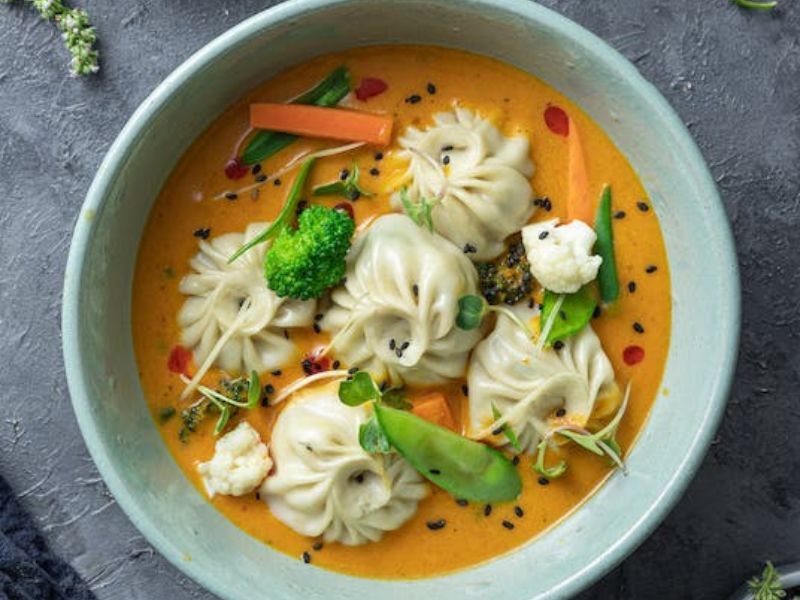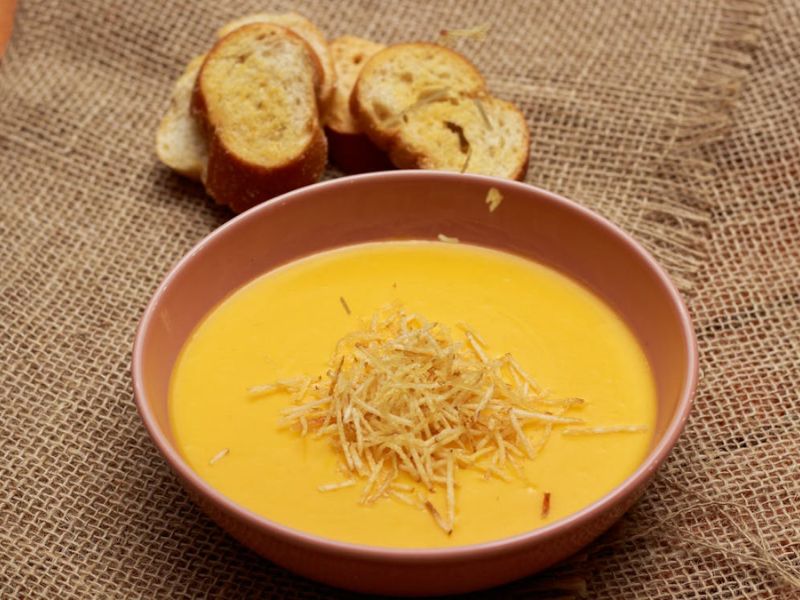Whenever you see a chef make chicken noodle soup on TikTok or read a soup recipe, you might see an instruction urging you to scrape foam from the top of the pot with a spoon. What’s the point of skimming? What’s the deal with “scum” on simmering soup? If soup is not skimmed, is it OK to leave it off?
Chefs, culinary educators, and food scientists answer these questions in time for soup season.

Image Credit: Pexels/Momo King
What Are The Benefits Of Skimming?
McKenzie Johnson, a chef-instructor, said scum has mainly coagulated protein particles held together by fat during soup skimming. It depends on your ingredients, but most remain as a conglomerate of film and foam that rises to the top during simmering.”
Johnson advised us that “skimming the scum early in the simmering process will reduce unwanted mouth feeling and flavor. If you don’t skim the scum before it rapidly boils, it will return to the soup.”
Is The Scum On Top Of The Soup Safe To
Eat?
Skimming the scum is not a food safety issue. This scum can cloud broths and look unappetizing, but food scientist Brian Chau of Chau Time assures us these fats and proteins are safe. Chau said flavor is subjective, and some people may enjoy the proteins. People can try soups with and without scum. If there is some scum left over, the soup is still consumable. Skimming can save time for home cooks.”

Image Credit: Pexels/Victor Cayke
Is Skimming Required For All Soup Types?
Chau explained that soup skimming is never actually necessary. Skimming is most beneficial to broth-based soups such as pho, vegetable soup, and even chicken noodle soup. It may even be helpful to skim cream-based soups. Johnson said, “I made a batch of clam chowder every day for a couple of years while working in a restaurant. It wasn’t so much about skimming scum as the thick film that can form as the soup cools. Film particles can get pushed into the soup and form concentrated flavors and textures.”